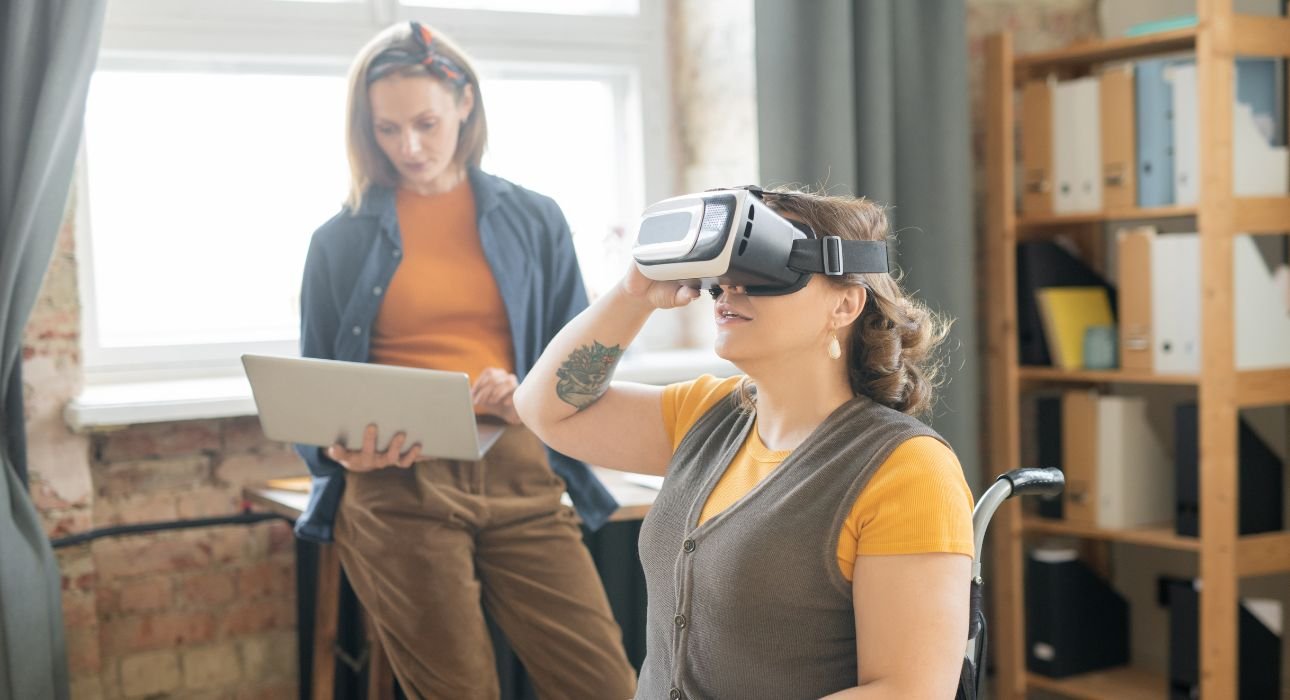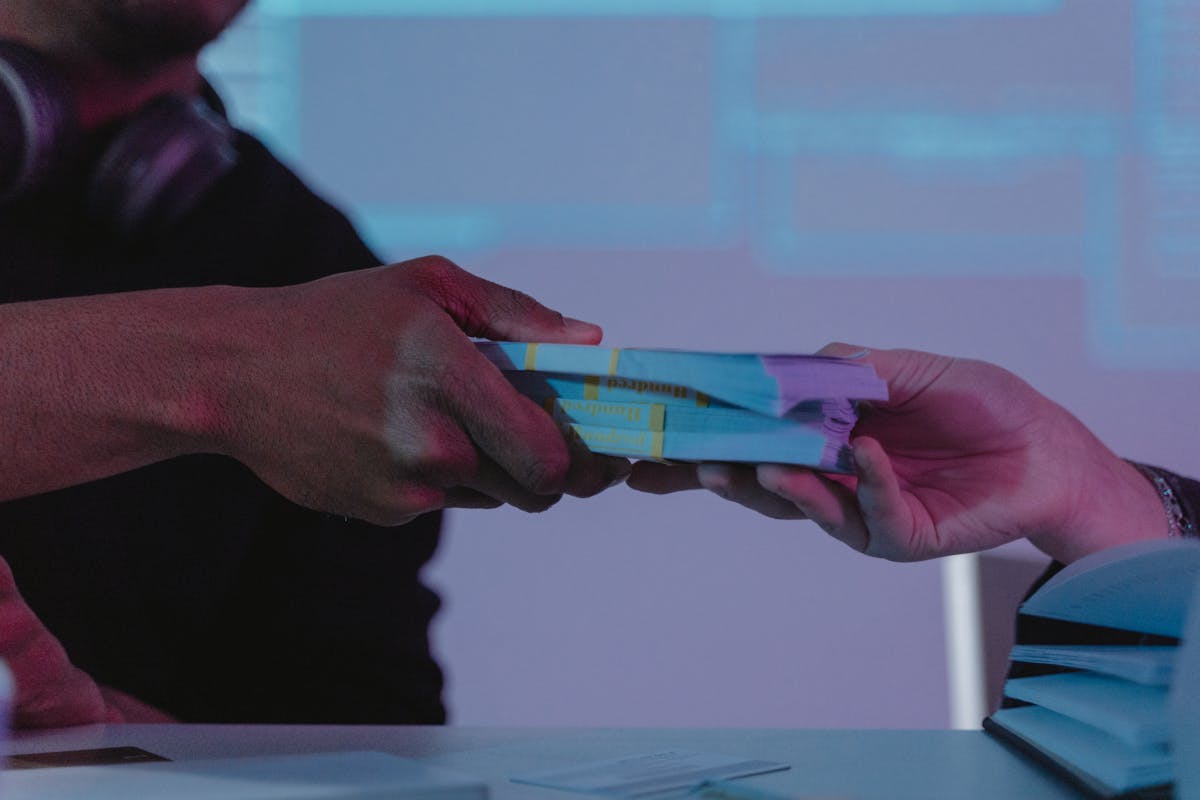The physical retail environment is experiencing swift changes, influenced by a blend of technological advancements, changing consumer demands, and broad economic changes. In the current era, traditional storefronts must move beyond outdated business models and conventional customer service methods. Numerous important trends are not only influencing the industry—they are fundamentally altering the way physical retail functions, attracts customers, and competes in an increasingly digital market.
Omnichannel Integration: Blurring Online and Offline Boundaries
One of the most prominent disruptors in physical retail is the aggressive integration of omnichannel strategies. Retail brands now recognize that consumers expect smooth, consistent experiences regardless of channel. This means ensuring synergy between in-store environments, e-commerce platforms, mobile applications, and even social commerce.
For example, large retailers such as Target and Walmart have heavily invested in buy online, pick up in-store (BOPIS) options. According to a 2023 report by the National Retail Federation, more than 70% of consumers utilized BOPIS at least once in the past year. This hybrid interaction not only drives in-store traffic but also provides traditional retailers with valuable cross-channel data, enabling more targeted marketing and inventory optimization.
Case Study: Nordstrom Nordstrom’s “Nordstrom Local” concept exemplifies effective omnichannel disruption. These smaller, merchandise-free hubs allow customers to pick up online orders, make returns, or get personalized styling advice, enhancing convenience while keeping operational footprints lean.
Experiential Retail: Turning Locations Into Attractions
Physical retail is shifting away from purely transactional spaces to experiential venues that emphasize community, engagement, and brand immersion. Modern consumers, particularly Millennials and Gen Z, prioritize unique, memorable experiences over simple product acquisition.
Example: Nike’s House of Innovation Nike’s flagship stores, dubbed “House of Innovation,” offer features like interactive sports zones, customization bars, and AR-enhanced product displays. These elements stimulate longer dwell times and foster deeper emotional connections between consumers and the brand.
Experiential components go beyond mere tricks; they significantly impact buyer choices. As per a Deloitte survey conducted in 2022, 58% of consumers are inclined to return to shops that provide captivating experiences, including in-store events, workshops, or immersive product demonstrations.
The Growth of No-Checkout and Contactless Shopping
Impulsado por avances en visión por computadora, inteligencia artificial y dispositivos IoT, el concepto de pago sin fricción está entrando rápidamente en el comercio minorista. La pandemia mundial aumentó esta demanda, haciendo que la higiene y la rapidez sean primordiales.
Amazon Go and Competitors Amazon Go pioneered the “Just Walk Out” technology, enabling shoppers to enter, shop, and exit without physically checking out—transactions are managed seamlessly via mobile apps and smart sensors. Other retailers, including 7-Eleven and Tesco, are experimenting with similar formats, cutting operational costs while addressing consumer demand for convenience.
Analysis of Data A Juniper Research study predicts that through 2025, seamless checkout technologies might handle $386 billion in transactions worldwide. This growth is backed by customer input—more than 60% of participants in a Capgemini survey conducted in 2023 expressed their preference for self-service checkout choices, mentioning faster service and improved control.
Sustainability and Ethical Commerce
Consumers nowadays are more aware of their impact on the environment and ethics. Brick-and-mortar retailers need to adapt by incorporating sustainability throughout their processes, including environmentally friendly store designs, transparent supply chains, and sourcing locally.
Retailer Example: IKEA has redoubled sustainability efforts in their physical locations, employing renewable materials in stores, offering repair services, and piloting furniture repurchase programs. Such initiatives resonate deeply with a customer base that expects environmental responsibility as the norm, not the exception.
Moreover, smaller chains and independents are leveraging sustainability as a unique selling proposition. Initiatives such as zero-waste packaging, carbon-neutral delivery for in-store pickups, and community recycling points are driving loyalty among eco-minded shoppers.
Versatile Store Layouts and Small-Scale Fulfillment
El área de venta al por menor está cambiando para ser más flexible y adaptarse mejor a las tendencias del mercado local y la optimización del inventario. El crecimiento de los centros de micro-fulfillment—instalaciones de almacenamiento pequeñas y automatizadas que se encuentran cerca de grupos de consumidores—facilita entregas rápidas y respalda los modelos de compra y recogida.
Case Study: Kroger Kroger, the largest supermarket operator in the United States, has partnered with robotics firms to build automated micro-fulfillment centers adjacent to existing stores. This model sharply reduces last-mile delivery times and enhances inventory turnover, providing a competitive edge against e-commerce giants with fast-shipping capabilities.
Entertainment in Retail and Community-Centric Commerce
Physical outlets are transforming into community hubs that encourage social engagement and fun activities. This development, frequently referred to as “retailtainment,” is visible in venues such as Apple’s flagship stores, where Today at Apple sessions are held, offering complimentary educational workshops and shows.
Community Hubs Brands such as Patagonia and Lululemon organize community runs, sustainability workshops, and fitness classes, transforming their stores into social anchors rather than mere points of sale. These strategies deepen brand affinity and differentiate physical stores as essential gathering spaces.
AI-Powered Personalization and In-Store Analytics
Retailers are deploying sophisticated analytics platforms powered by artificial intelligence and machine learning to customize the in-store experience. This includes dynamic pricing displays tailored to customer profiles, personalized promotions delivered via smartphone beacons, and even AI-driven fitting room assistants.
Emerging Example: Sephora Sephora’s in-store AI technologies recommend products based on skin type, past purchases, and real-time feedback, providing a highly individualized experience that increases both satisfaction and spend.
In addition, retailers are using heat-mapping and facial recognition tools to optimize store layouts, product placements, and staffing levels, driving up both engagement and conversion.
Physical retail is undergoing a transformation driven by elements acknowledging the merging of digital and physical store experiences, the quest for sustainability, and the wish for more profound and significant interactions. Stores are evolving beyond simple transaction points to become versatile centers—serving as distribution hubs, event venues, and community focal points. The trends changing the sector will benefit retailers capable of foreseeing changes in consumer expectations, adopting technology, and crafting experiences focused on people and flexibility. This change pertains as much to attitudes as it does to operations, and those adapting will contribute to shaping the future landscape of retail.





